Publications
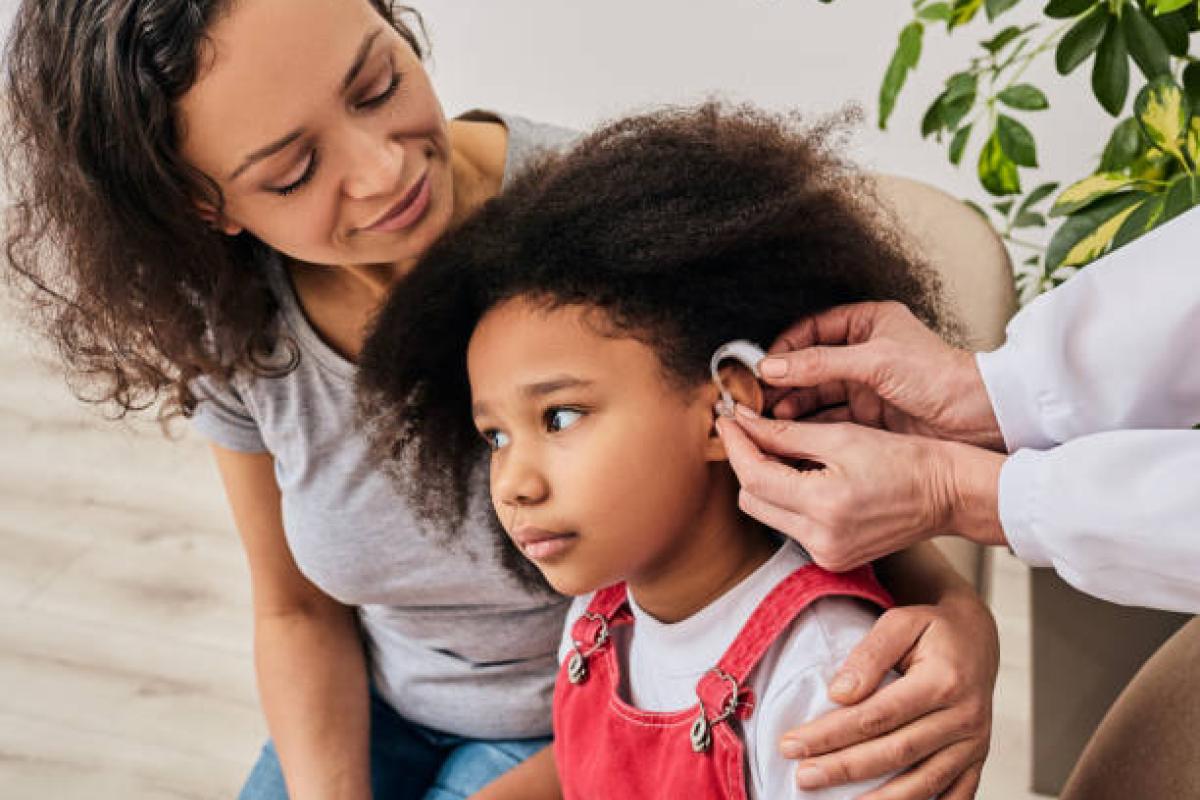
Sedey, A. L., Wiggin, M., Chang, H., & Yoshinaga-Itano, C. (2023). Unilateral hearing loss and auditory neuropathy spectrum disorder. In C. Yoshinaga-Itano (Ed.), Fast Facts: Early Hearing Detection and Intervention (pp. 157-173). Oxford, UK: S. Karger Publishers
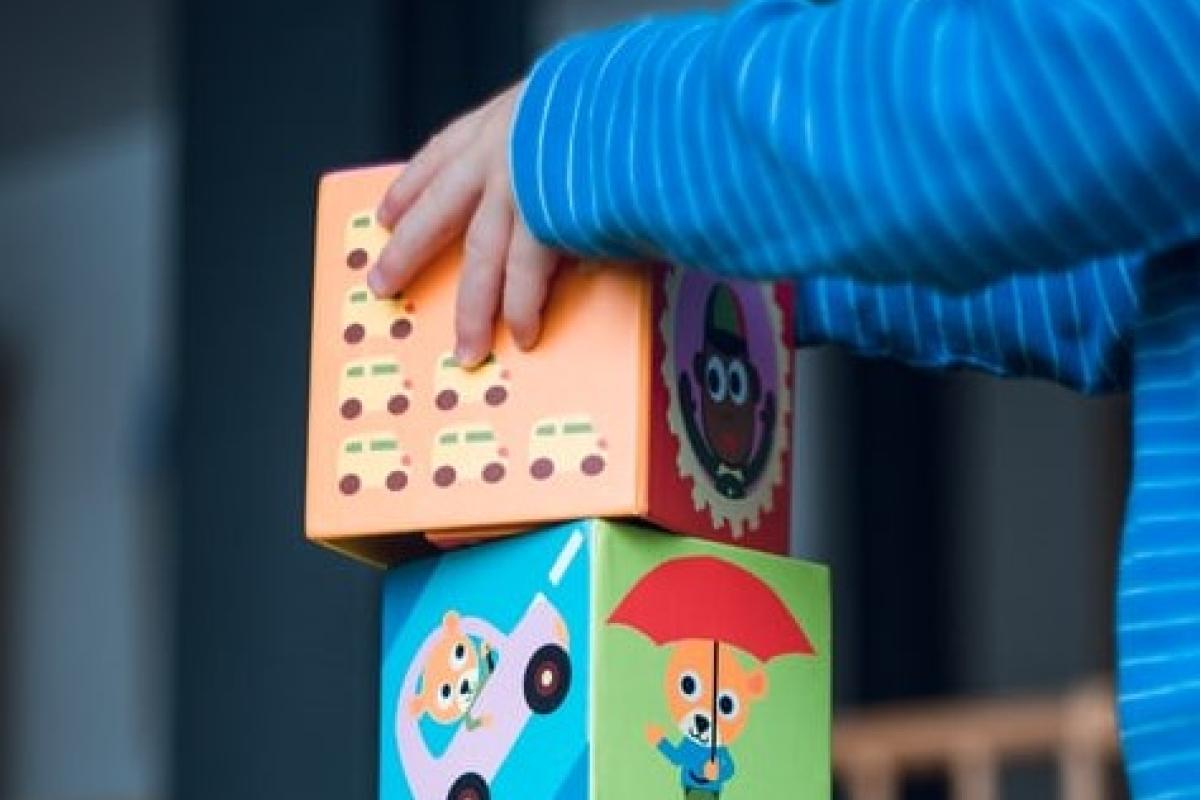
Harris, A. B., Seeliger, E. Hess, C., Sedey, A. L., Kristensen, K., Lee, Y., & Chung, W. (2022). Early Identification of Hearing Loss and Language Development at 32 Months of Age. Journal of Otorhinolaryngology, Hearing and Balance Medicine, 3, 8.
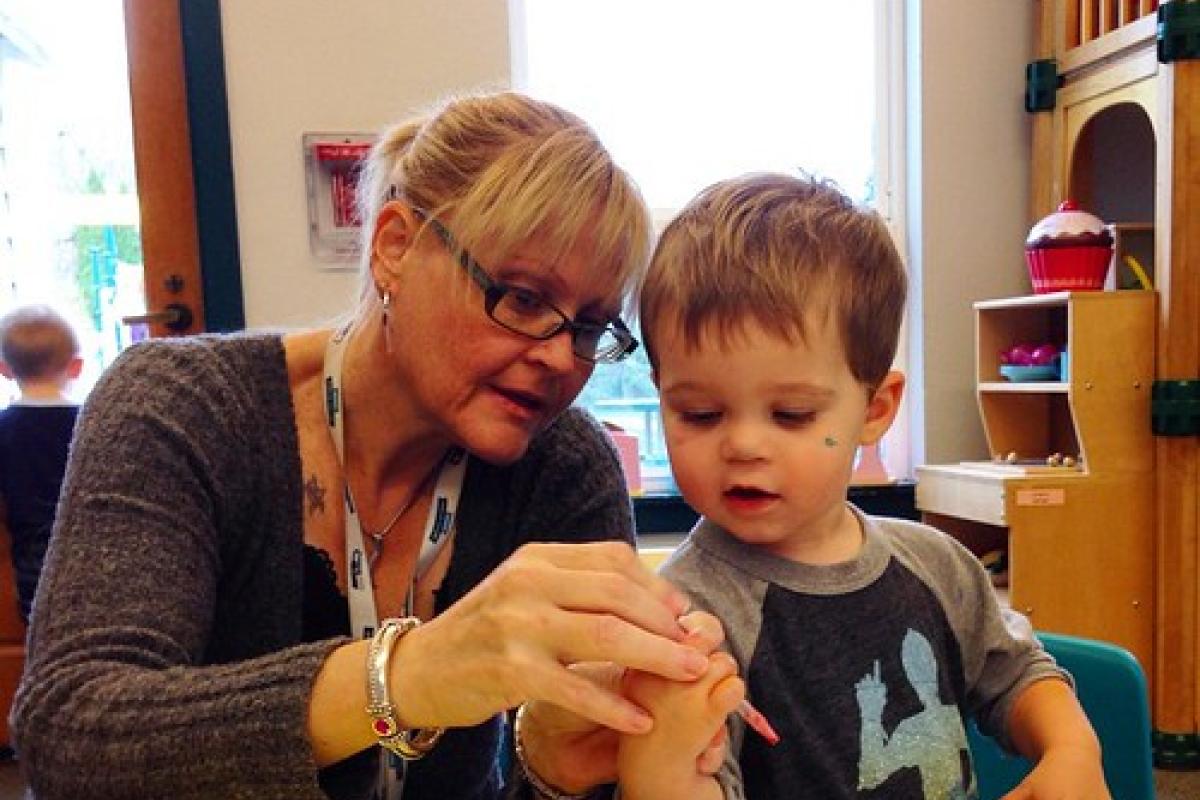
Wiggin, M., Sedey, A. L., Yoshinaga-Itano, C., Mason, C. A., Gaffney, M., & Chung, W. (2021). Frequency of Early Intervention Sessions and Vocabulary Skills in Children with Hearing Loss. Journal of Clinical Medicine, 10, 5025.
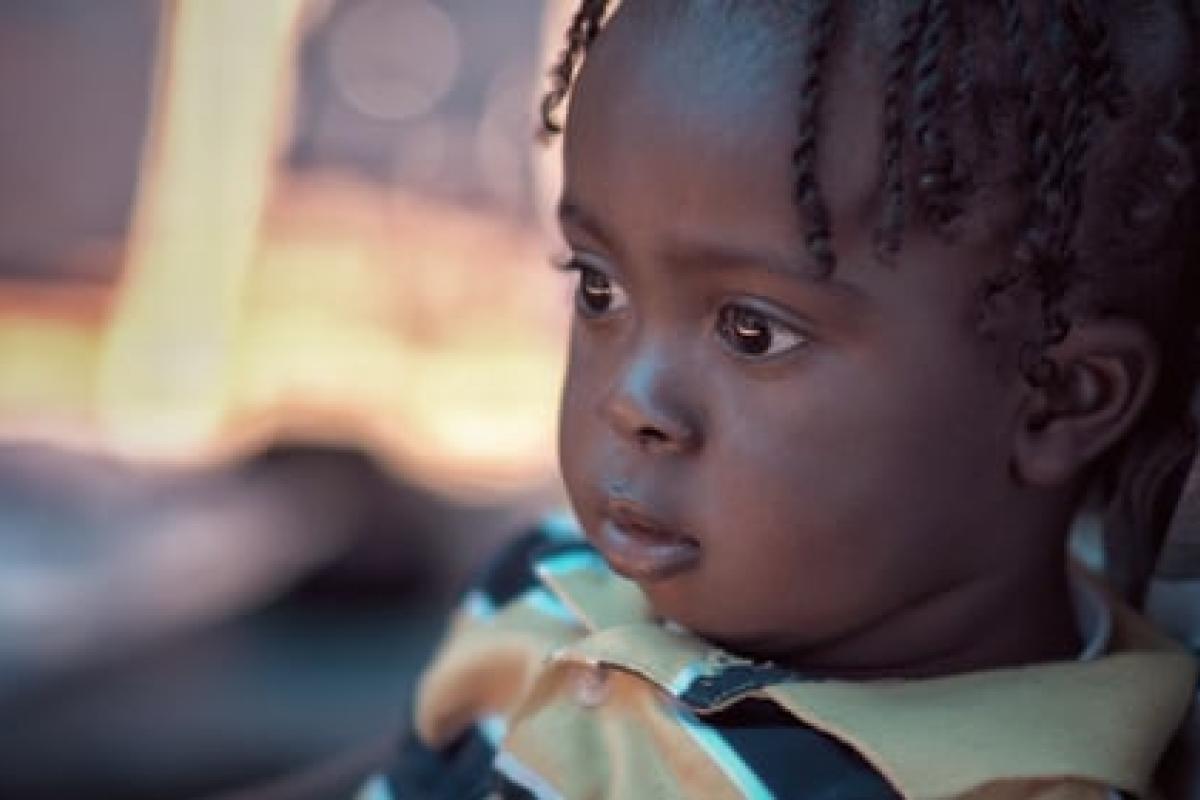
This longitudinal study of 124 children with bilateral hearing loss between 4 and 7 years of age set out to identify variables associated with pragmatic language ability in children who are deaf or hard of hearing. Annual administration of the Pragmatics Checklist revealed that children’s pragmatic skills increased significantly with age, and higher levels of pragmatic skills were predicted by:
- meeting Early Hearing Detection and Intervention 1-3-6 guidelines,
- greater quantity of parent talk,
- higher nonverbal intelligence,
- lesser degrees of hearing loss, and
- higher maternal education.
Yoshinaga-Itano, C., Sedey, A. L., Mason, C. A., Wiggin, M., & Chung, W. (2020). Early intervention, parent talk, and pragmatic language in children with hearing loss. Pediatrics, 146 (Supplement 3), S270-S277.
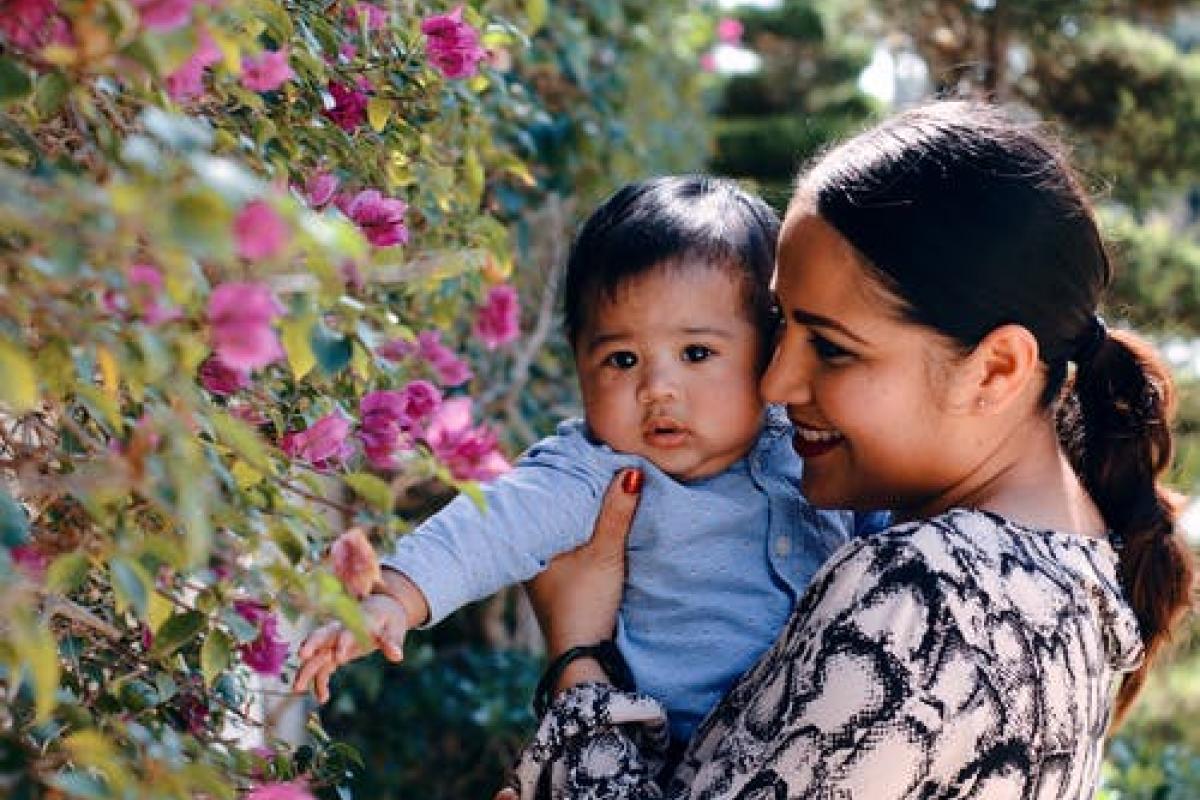
This study of 53 Spanish-speaking children with bilateral hearing loss aged 8 to 34 months aimed to identify predictors of higher levels of expressive vocabulary. Overall, the children's mean vocabulary scores were below average when compared with hearing peers. This was especially true for older children, children with moderately-severe-to-profound hearing loss, and children who began intervention after 6 months of age. This delay in vocabulary outcomes is especially significant as it has the potential to interfere with future reading and academic outcomes. Children who received intervention by 6 months of age achieved significantly higher vocabulary outcomes than children who started intervention later.
De Diego-Lazaro, B., Restrepo, M. A., Sedey, A. L., & Yoshinaga-Itano, C. (2019). Predictors of vocabulary outcomes in children who are deaf or hard of hearing from Spanish-speaking families. Language, Speech, and Hearing Services in the Schools, 50, 113-125.
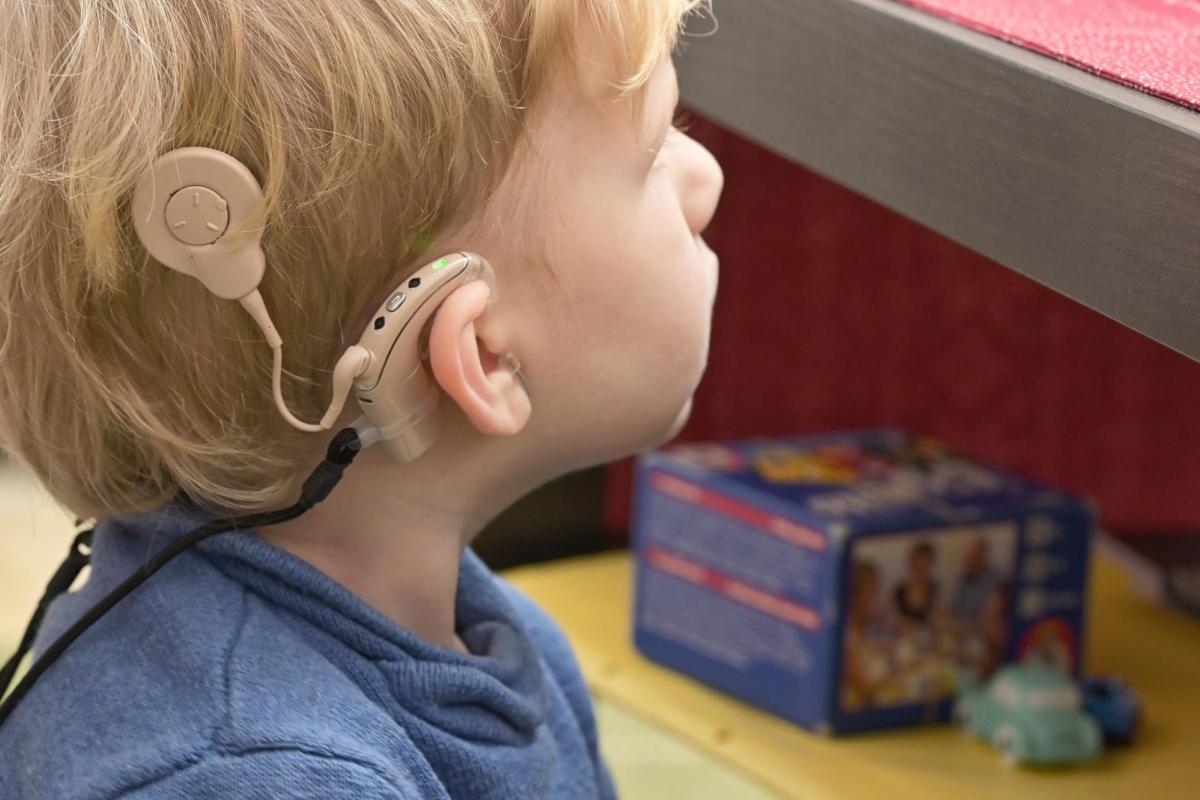
This study of 125 toddlers and preschoolers with cochlear implants revealed three factors positively related to language outcomes -- earlier implant activation, higher levels of maternal education, and adherence to the 1-3-6 EHDI guidelines for early screening, assessment, and intervention.
Yoshinaga-Itano, C., Sedey, A. L., Wiggin, M., & Mason, C. A. (2018). Language outcomes improved through early hearing detection and earlier cochlear implantation. Otology & Neurotology, 39(10), 1256-1263.
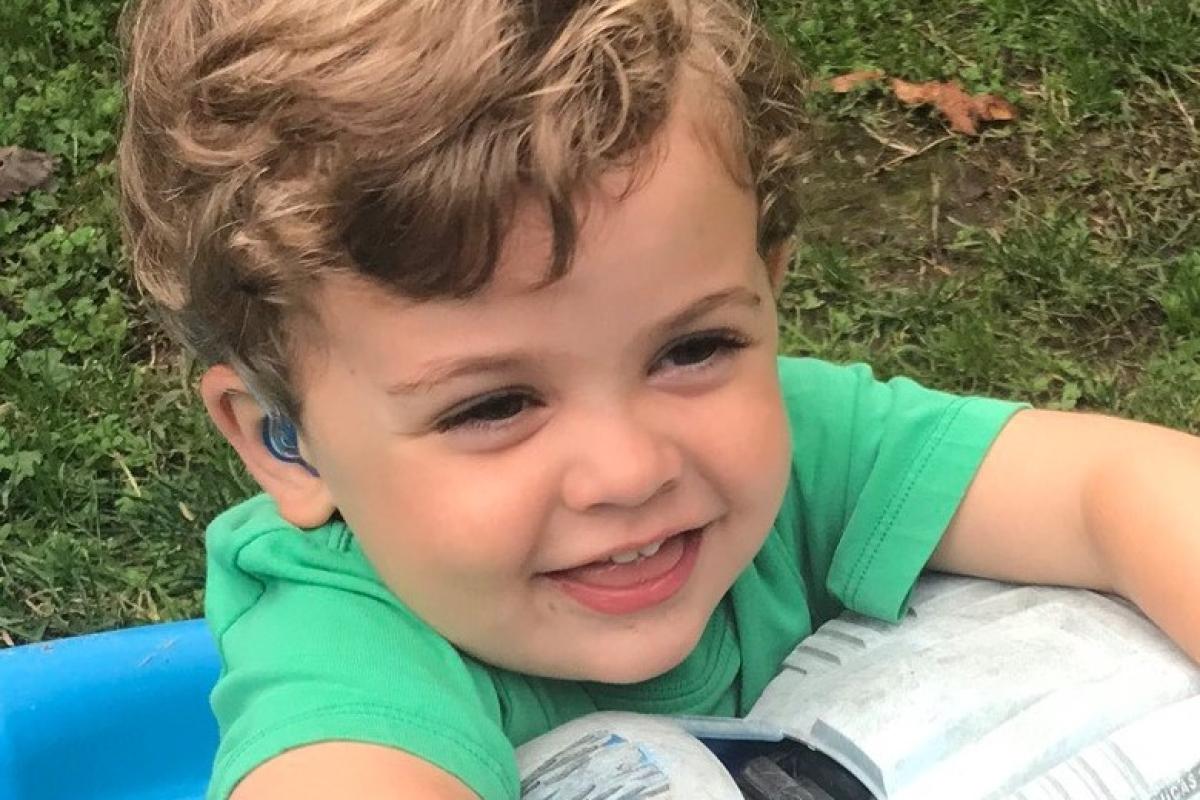
This study of 448 children with bilateral hearing loss between 8 and 39 months of age examined the impact of current EHDI 1-3-6 guidelines for early screening, diagnosis, and intervention on vocabulary outcomes. Important factors predicting higher scores on a vocabulary measure included:
- meeting the EHDI 1-3-6 guidelines for early screening, diagnosis and intervention,
- having mild to moderate hearing loss rather than greater degrees of hearing loss,
- having parents who were deaf or hard of hearing,
- having mothers with higher levels of education, and
- having no additional disabilities.
It was further noted that vocabulary skills were most in line with those of same-age hearing peers when subjects were younger; the gap widened with age.
Yoshinaga-Itano, C., Sedey, A. L., Wiggin, M., & Chung, W. (2017). Early hearing detection and vocabulary of children with hearing loss. Pediatrics, 140, e20162964.

